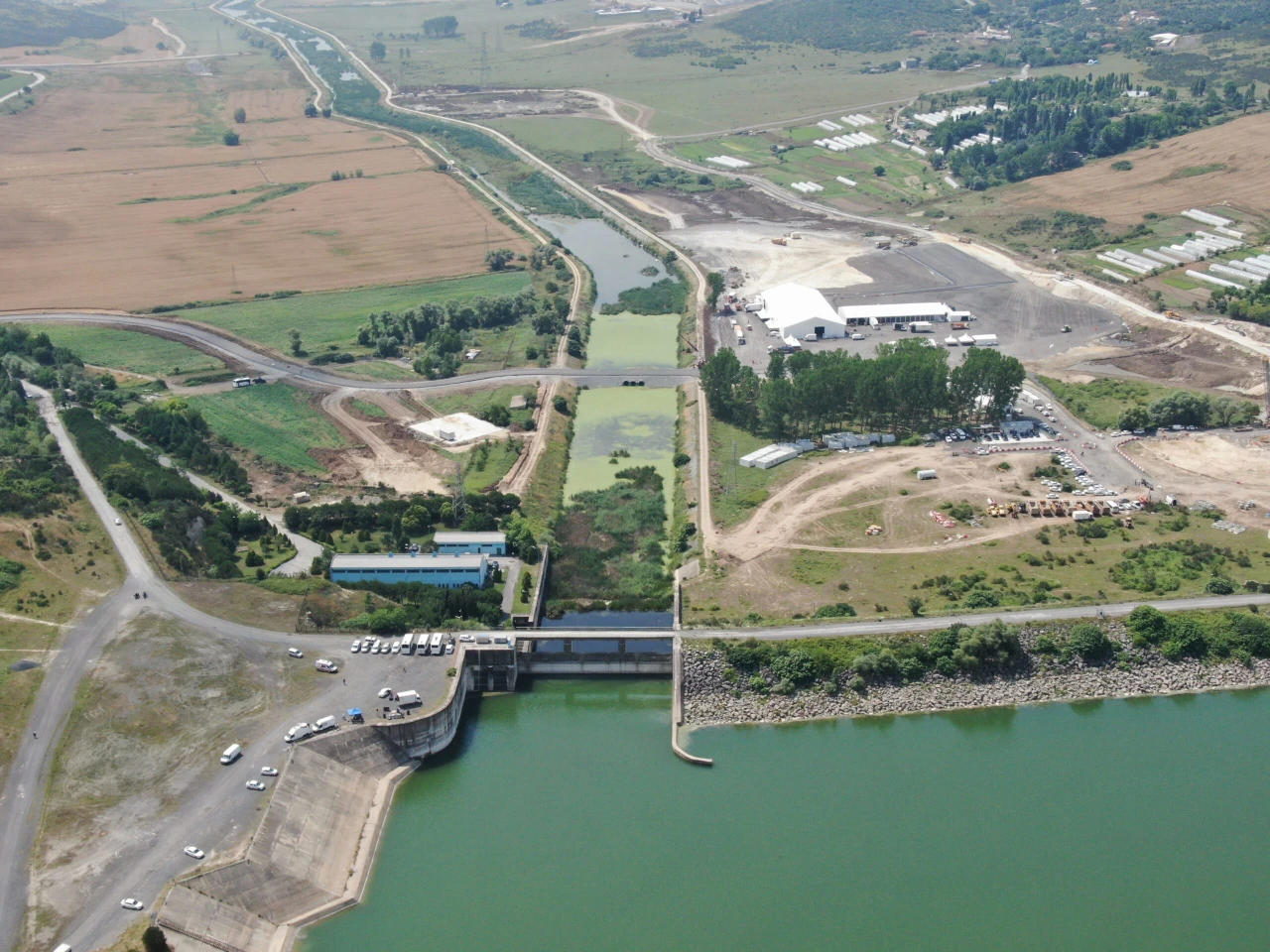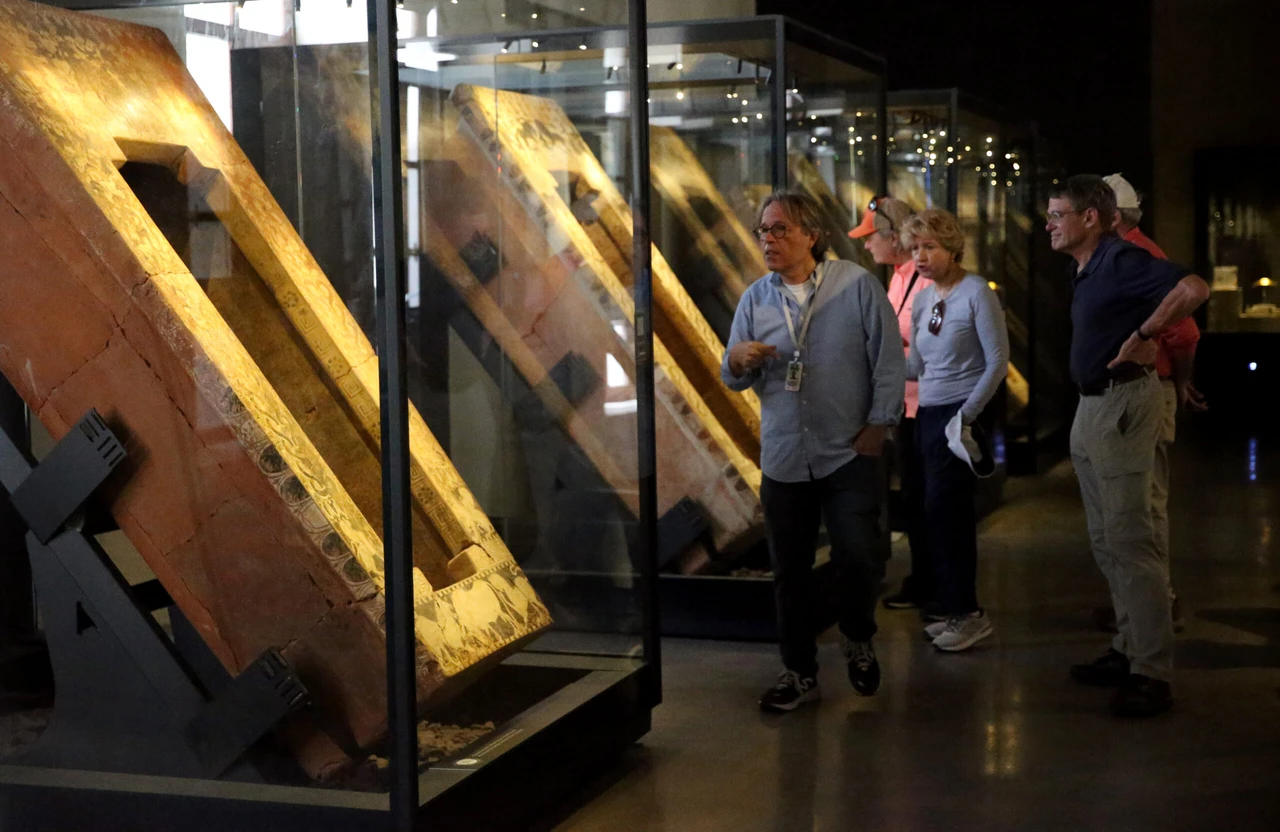Ottoman-era Tabakhane Bridge in Albania still functional after centuries
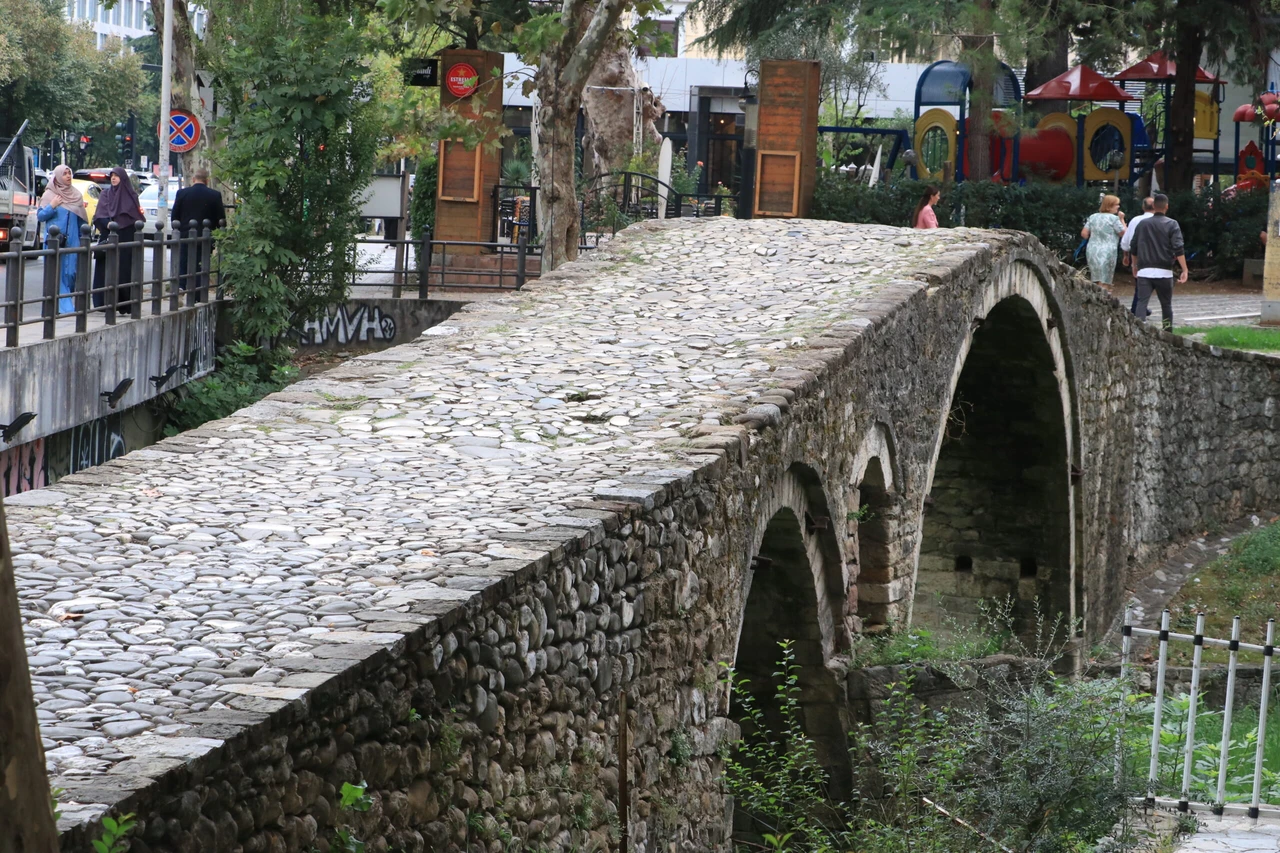 In the capital of Albania, Tirana, the Tabakhane Bridge, which has maintained its functionality since the Ottoman period in the 18th century, stands the test of time, September 29, 2024 (AA Photo)
In the capital of Albania, Tirana, the Tabakhane Bridge, which has maintained its functionality since the Ottoman period in the 18th century, stands the test of time, September 29, 2024 (AA Photo)
The Tabakhane Bridge, a relic from the Ottoman era, still serves its original function in Albania’s capital, Tirana, after more than 200 years. Despite the modernization of the city, this historic stone bridge, built in the 18th century, continues to stand tall as a symbol of Albania’s rich cultural heritage.
Although Albania boasts many Ottoman-era bridges across various cities, the Tabakhane Bridge remains the only one in Tirana that has retained its functionality since the Ottoman period.
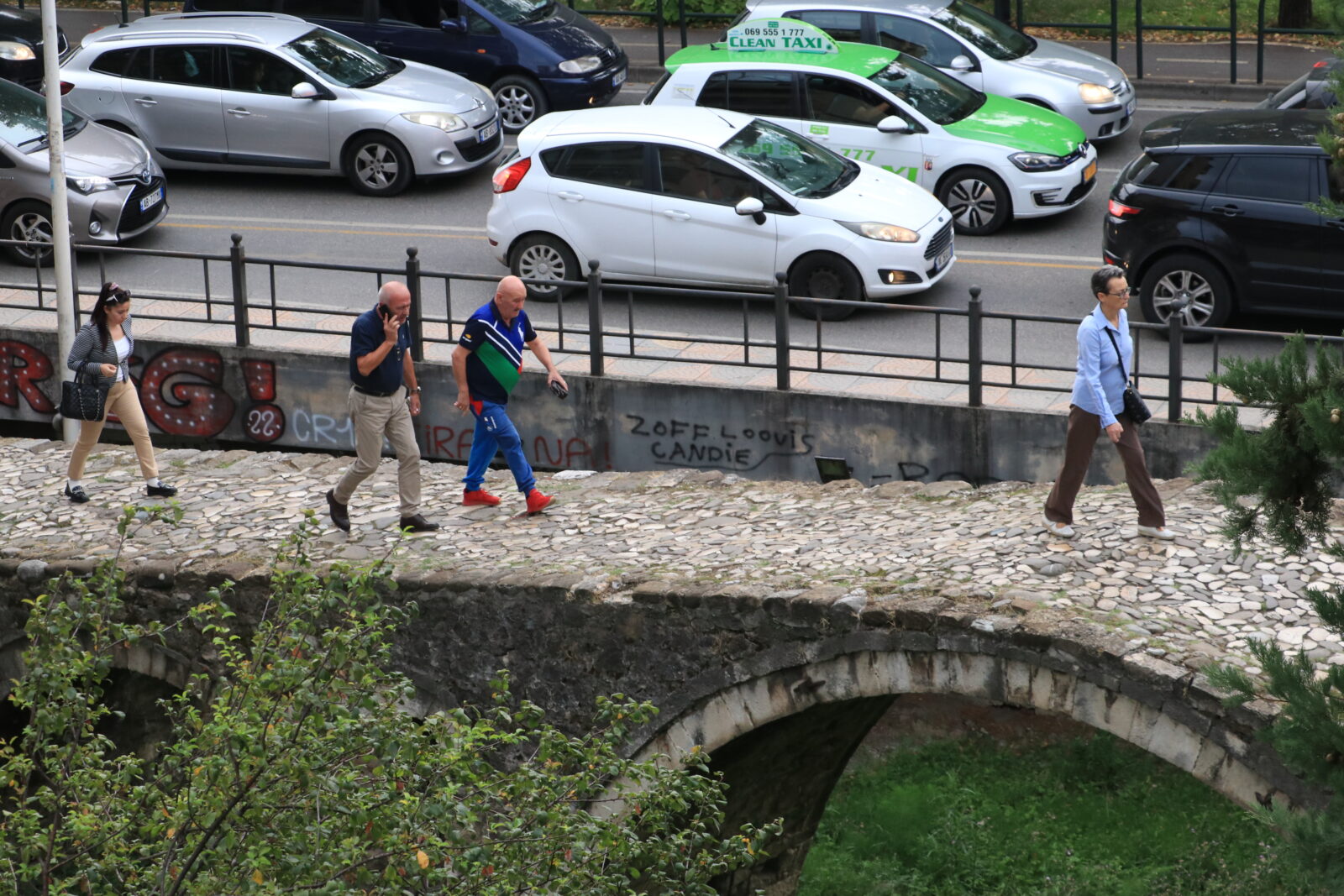
Protected monument amid modern cityscape
Located near the city center, the bridge is officially classified as a state-protected cultural monument.
It has become one of Tirana’s most important architectural and touristic landmarks, seamlessly blending in with the surrounding modern buildings.
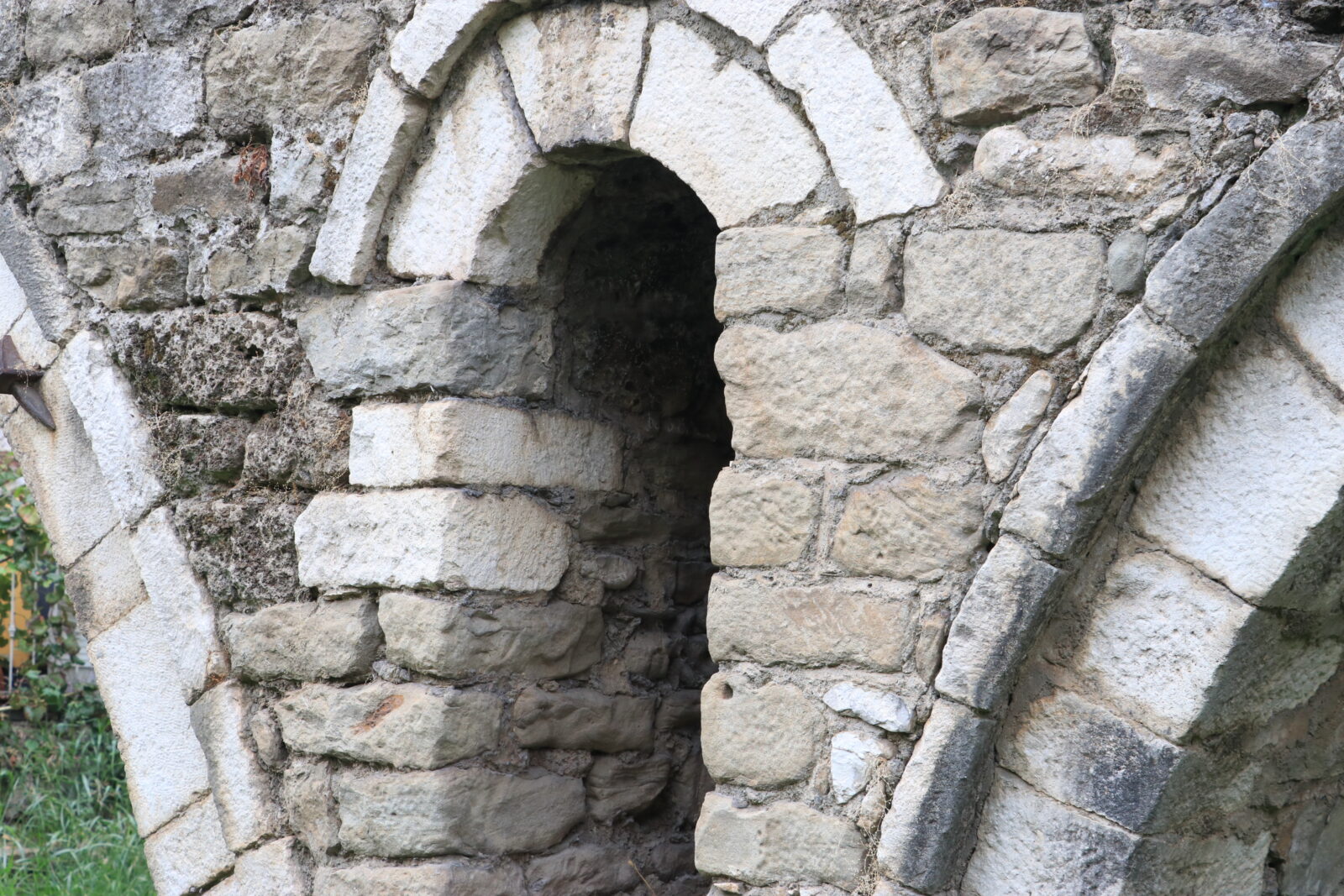
History and significance of Tabakhane Bridge
During the 17th to 19th centuries, as Tirana expanded, new bridges were constructed to facilitate communication and interaction within the growing city. According to architecture historian and former Director of Albania’s Institute of Cultural Monuments professor Valter Shtylla, all of the remaining stone bridges in Albania were built during the Ottoman period.
He explained that the Tabakhane Bridge was initially built for pedestrian use, serving as a vital link between Tirana’s Tabakhane district, known for its leather tanneries, and the rest of the city. “This bridge was commissioned by local artisans and played an essential role in connecting different neighborhoods,” said Shtylla.
Measuring 20 meters in length, 7 meters in height, and approximately 2.5 meters in width, the bridge features a single main arch. “The bridge has undergone restoration over the years, and since the Lana River no longer flows beneath it, its condition has remained remarkably well-preserved,” Shtylla added.
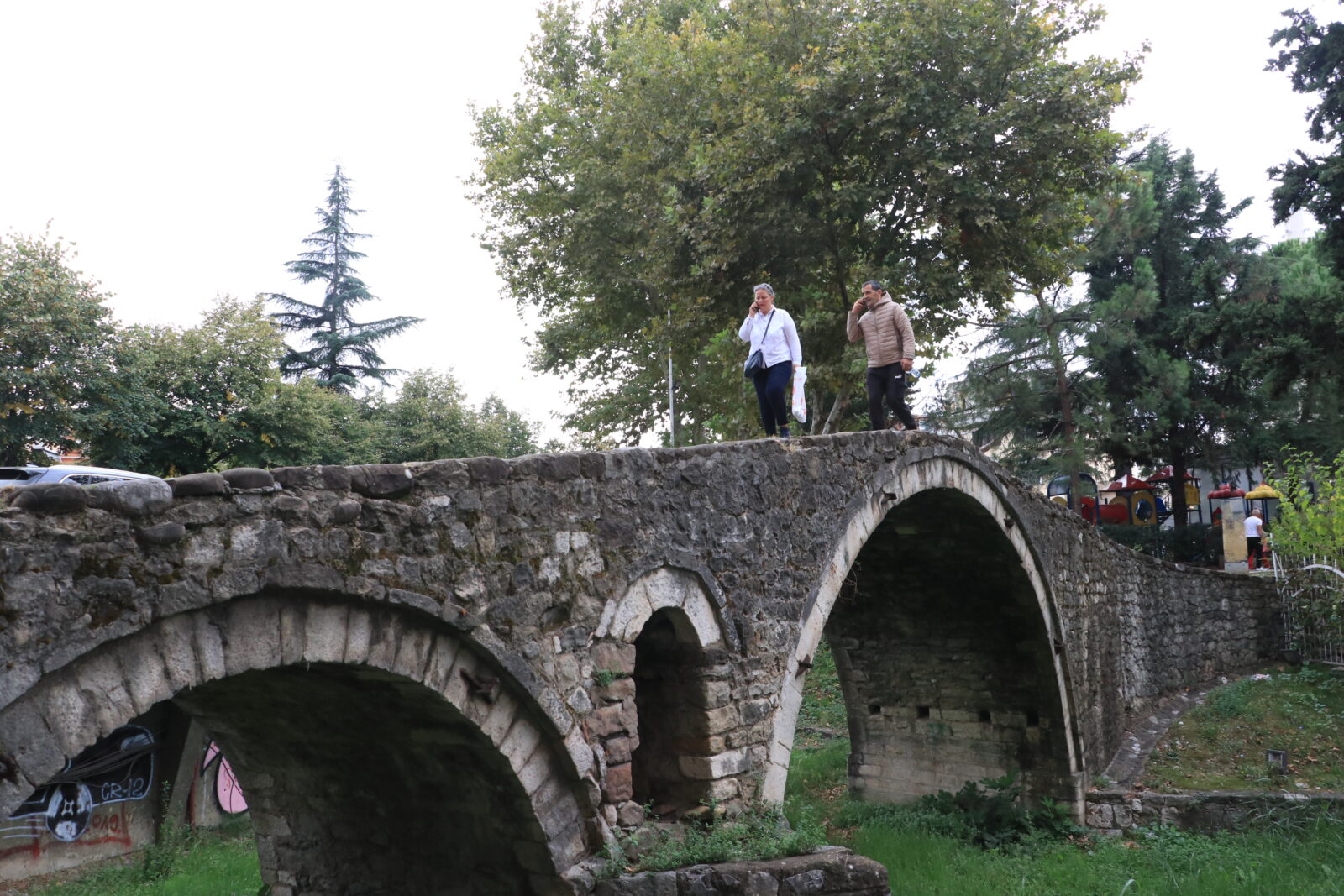
‘Only surviving Ottoman stone bridge in Tirana, Albania’
Highlighting the bridge’s uniqueness, Shtylla emphasized: “The Tabakhane Bridge bears the craftsmanship of Albanian builders. It is the only Ottoman stone bridge that remains intact in Tirana and has naturally become part of the city’s cultural and tourist itinerary.”
Despite being surrounded by modern constructions, the Tabakhane Bridge remains a prominent feature in Tirana’s cultural landscape, continuing to captivate visitors with its historical charm.
